If anyone produces a ‘history in 100 objects’ for the first half of the 21st century, one of those objects could well be a German helmet from the consignment of 5,000 dispatched to Ukraine, as the Russians seemed about to invade. The donation was noteworthy because it was met not with gratitude but with ridicule, not only from Ukrainians on social media – will it be pillows or duvets next time? – but from Germans themselves.
There were reasons, of course, why the Germans sent helmets, while the British made great play of airlifting 2,000 shoulder-launched anti-tank missiles and the Americans sent Javelin anti-tank and Stinger anti-air missiles, as part of 80 tonnes of what was described as ‘lethal aid’. Initially, in fact, Germany had said that it would send nothing in the way of equipment, defensive or otherwise, citing a law banning the supply of weapons that could find their way to conflict zones. But after being criticised for not doing its bit for Ukraine in its hour of need, Berlin relented and the helmets were packed and shipped.
Underlying the criticism was the widespread feeling that something more than the statutory ban lay behind Germany’s reluctance to send anything remotely warlike to Ukraine. Despite its protestations to the contrary, Germany has long been seen by some in Nato, including the United States, as not pulling its weight within the alliance, either in terms of its financial contribution – which, at 1.57 per cent of GDP last year, still falls well below the prescribed 2 per cent – or in terms of its contribution to combat operations in the past.
In Afghanistan, for instance, Germany set limitations on its deployments, which confined its troops mostly to the more peaceful north and elsewhere to mostly logistical and non-combat operations, leading to criticism that they were enjoying something of a cushy number. Like France, Germany also declined to join the US and the UK in the Iraq war.
Commercial considerations partially explain Germany’s reluctance to aid any Ukrainian war effort against Russia as well. First among them is Germany’s desire – and need – for the Nord Stream 2 gas pipeline to go into operation as soon as possible. This German-Russian joint venture was completed in the autumn, but is still awaiting clearance of legal formalities – formalities that might never be completed if Russia invades Ukraine.
The main reason, of course, why Germany places limitations on its military engagements and arms exports – though the export ban is selective at best – and why almost any foreign military operations are unpopular with the German public stems directly from the country’s past. As Germany’s new Foreign Minister, Annalena Baerbock put it during a recent visit to Kyiv: ‘Our restrictive position is well known and is rooted in history.’
That this can impair Nato unity is not news. In the run-up to the Iraq war, Germany and France were accused of weakening what the US presented as a concerted western position. And a similar division has emerged in recent weeks about what Nato’s response should be if Russian invades, given that Ukraine – as a non-member of Nato – is not covered by the famous Article 5. The split has been papered over to an extent by a focus on preparing for the defence of Nato members in the event that a conflict spreads out from Ukraine. Nonetheless there are those who believe that for the US and Nato to threaten Russia with nothing more than sanctions, were it to invade, barely constitutes a deterrent.
Germany’s past militarism, today’s German laws and a general German reluctance to send its troops into war, however, may not be all that deters Germany from engaging more directly in Ukraine’s defence. There may be – perhaps there should be – something else: Germany has a particular history with Ukraine, as Ukraine has with Germany, and that history is, to put it mildly, problematic.
Between the summers of 1941 and 1944, Nazi German forces invaded, occupied, and then retreated from, large parts of Ukraine. While very, very few Ukrainians today have any first-hand memory of what happened, the occupation continues to mark – in one way or another – every family that lived through it.
Local museums in Ukrainian cities exhibit (some) contemporary photographs. They show documentaries with a contemporary ‘spin’. But family histories for those years can be threadbare. Philippe Sands’s riveting family memoir, East-West Street, about the Lviv region of western Ukraine relates and documents the before and after, but there is a notable blank for the actual occupation.
My late husband’s family history, from Vinnitsa, to the south and east of Lviv, is similarly blank for those years. I have his parents’ birth certificates from the Russian Empire; their graduation diplomas and early job history, already under Soviet power; their marriage certificate, reference to the end of their employment, but nothing that might say how, as academic chemists, they arrived to work at an artificial petroleum camp at Most, in today’s Czech Republic, or what they did there, or how, when the plant was destroyed by British bombing, they walked westward with the great tide of refugees, eventually finding refuge at a displaced persons’ camp in the American zone of occupation near Frankfurt/Main.
In recent years, I have been to these parts of Ukraine, I have visited the museums, watched the documentaries. But perhaps the closest non-specialists may get to the complex truth is to be found in Babiy Yar: the Context – a shattering film released last year, and screened at the London Film Festival. By the Ukrainian director, Sergei Loznitsa, the film consists entirely of archive footage threaded together and edited, without commentary, showing the German advance through Lviv to Kyiv, then the retreat as the Red Army advances, and the war crimes trials and public executions that follow. At the centre is the massacre of more than 33,000 Jews at the ravine of Babiy Yar on the outskirts of Kyiv.
 German soldiers in Kharkov, Ukraine in 1943 (photo: Getty)
German soldiers in Kharkov, Ukraine in 1943 (photo: Getty)
The whole is an unremitting two hours. Yet it was not the massacre, harrowing though that is, that left the deepest impression. It was rather the contemporary footage first from Lviv and then Kyiv as the Germans arrived. The formalities were almost identical, but the comportment of the crowds was quite different. In Lviv, the reception seemed genuinely ecstatic; in Kyiv, those on the streets, while identically dressed and coiffed, seemed sullen and reluctant. That divide was replicated in attitudes to the Red Army’s advance. It persisted through the post-war years, up to independence. And it persists to this day.
Loznitsa told the audience at the London screening that his film had provoked controversy in Ukraine. You bet it had. Eighty years on from those events, it revived spectres that are unwelcome to almost everyone. That divisive history also helps to explain why any German government, even now, would think twice, three times or more, before involving itself in anything related to the defence or politics of Ukraine. Given that still contested past, even one German helmet, however well meant, might be one too far.
Got something to add? Join the discussion and comment below.
Get 10 issues for just $10
Subscribe to The Spectator Australia today for the next 10 magazine issues, plus full online access, for just $10.

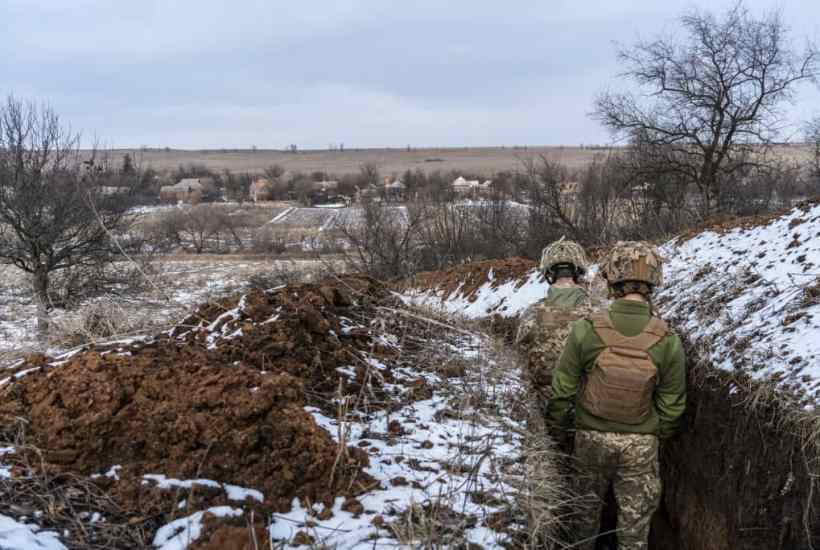
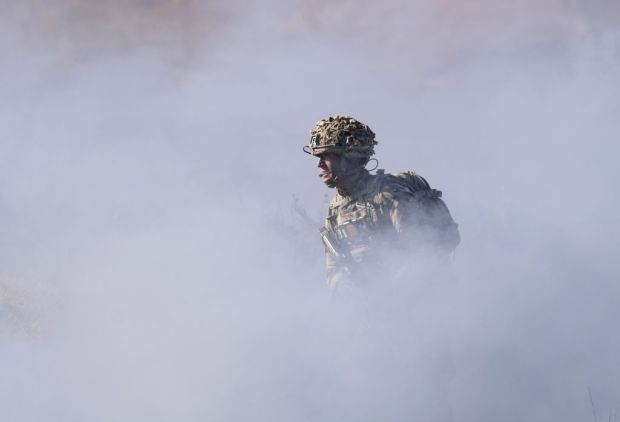
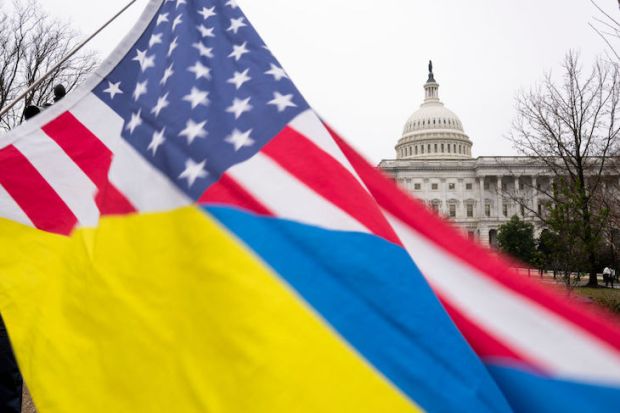

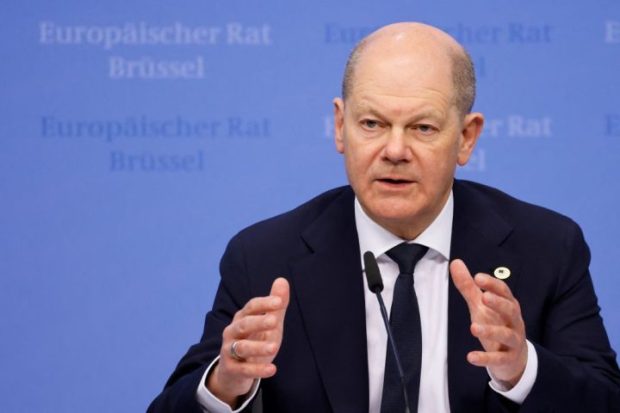
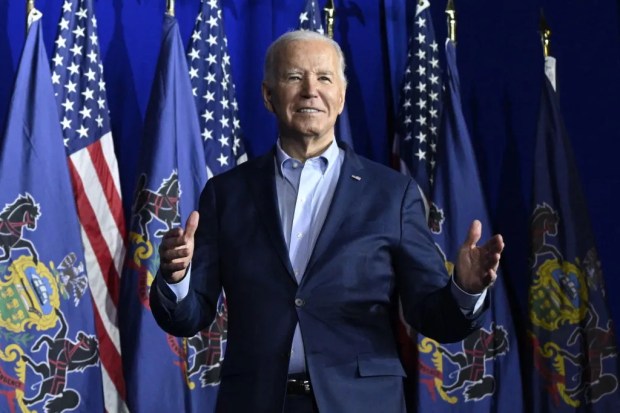












Comments
Don't miss out
Join the conversation with other Spectator Australia readers. Subscribe to leave a comment.
SUBSCRIBEAlready a subscriber? Log in